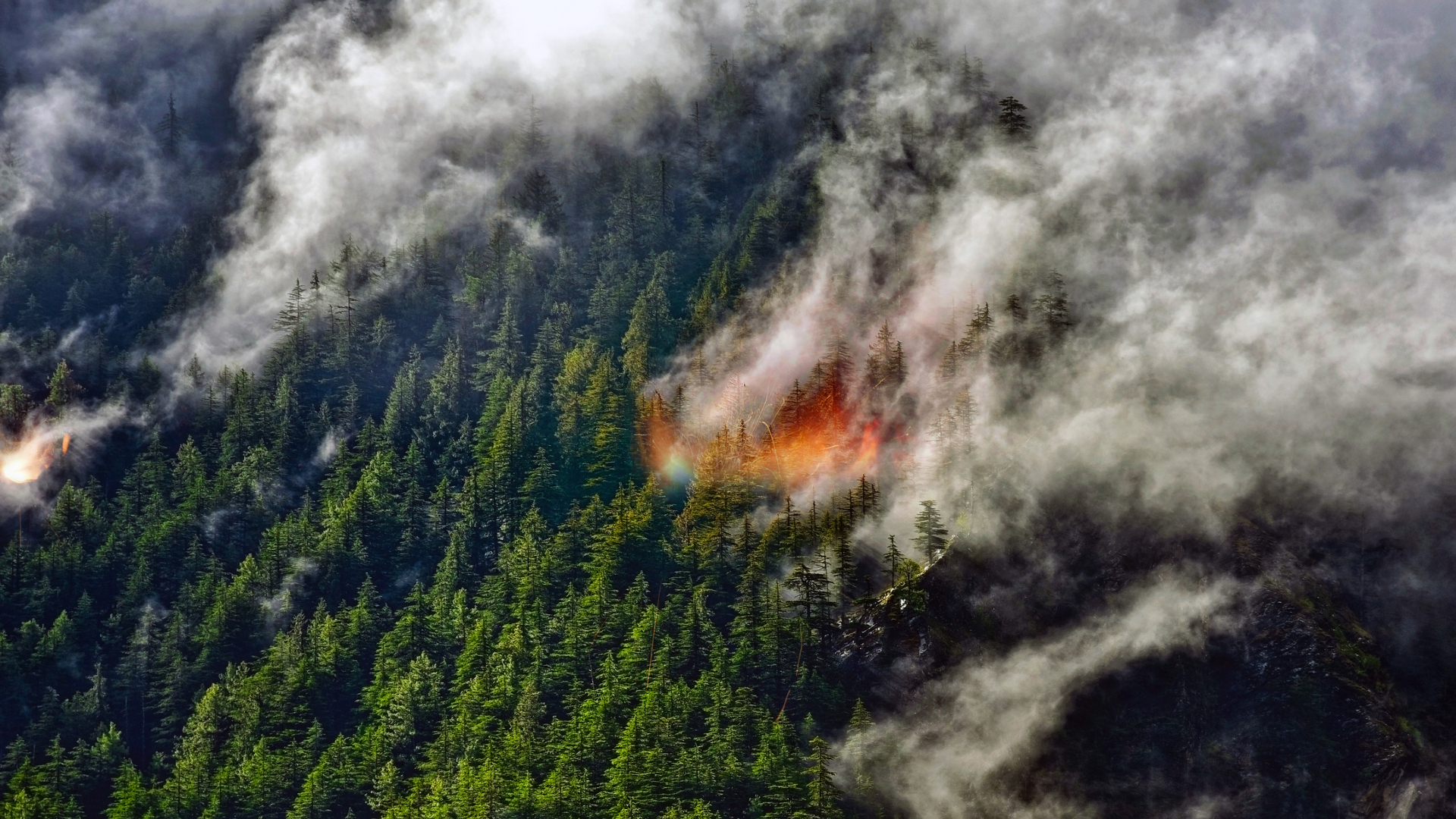Antimatter Annihilation Causes Milky Way Mystery
Patterns ofa type of high-energy radiation called gamma rays throughout the Milky Wayaren't the signature of mysterious dark matter as had previously beensuggested, a new study shows.
Over thepast five years, gamma-ray measurements from the European satellite INTEGRALhave perplexed astronomers because the distribution of the gamma rays acrossdifferent parts of the Milky Way didn't match what astronomers expected to see.
Someastronomers suggested that various forms of darkmatter ? the intangible stuff thought to make up about 98 percent of allmatter in the universe ? might be the source of these gamma rays, which wouldbe further proof the existence of the mysterious matter.
But oneteam of astrophysicists has shown that this explanation is unlikely, and thatinstead the pattern of gamma rays can be explained by the way so-called"anti-matter positrons" from the radioactive decay of elementspropagate through the galaxy.
"Thereis no great mystery," said Richard Lingenfelter of the University of California San Diego and one of the co-authors of the new study. "Theobserved distribution of gamma rays is in fact quite consistent with thestandard picture.
Positronannihilation
Positronsare subatomic particles that are the antimattercounterpart of everyday electrons, and our galaxy ? and others ? are filledwith them.
Breaking space news, the latest updates on rocket launches, skywatching events and more!
When anelectron and a positron encounter one another in space, the two particles areannihilated and their energy is released as gamma rays.
"Thesepositrons are born at nearly the speed of light, and travel thousands oflight-years before they slow down enough in dense clouds of gas to have achance of joining with an electron to annihilate in a dance of death,"said study team member James Higdon of Claremont Colleges in California.
Thepositrons are born in supernova explosions, and travel from there to all partsof the galaxy, including the galactic center, the spiral arms and even theouter reaches of the Milky Way, known as the galactic halo.
The teamcalculated that most of the gamma rays should be concentrated in the innerregions of the galaxy ? the same pattern that showed up in the satellite data.
"Theobserved distribution of gamma rays is consistent with the standard picturewhere the source of positrons is the radioactive decay of isotopes of nickel,titanium and aluminum produced in supernova explosions of stars more massivethan the sun," said Richard Rothschild, also of UCSD.
If darkmatter decays or annihilations were behind the gamma rays, the positrons wouldinstead be annihilated very close to their supernova birthplaces.
"Weclearly demonstrated this was not the case, and that the distribution of thegamma rays observed by the gamma ray satellite was not a detection orindication of a 'dark matter signal,'" Lingenfelter said.
Theresearch, funded by NASA, is detailed in two papers, one in the June 10 issueof the Astrophysical Journal, and the other in the July 10 issue of thejournal Physical Review Letters.
- Understanding Dark Matter
- Top 10 Strangest Things in Space
- Video ? Dark Matter in 3-D

Space.com is the premier source of space exploration, innovation and astronomy news, chronicling (and celebrating) humanity's ongoing expansion across the final frontier. Originally founded in 1999, Space.com is, and always has been, the passion of writers and editors who are space fans and also trained journalists. Our current news team consists of Editor-in-Chief Tariq Malik; Editor Hanneke Weitering, Senior Space Writer Mike Wall; Senior Writer Meghan Bartels; Senior Writer Chelsea Gohd, Senior Writer Tereza Pultarova and Staff Writer Alexander Cox, focusing on e-commerce. Senior Producer Steve Spaleta oversees our space videos, with Diana Whitcroft as our Social Media Editor.
